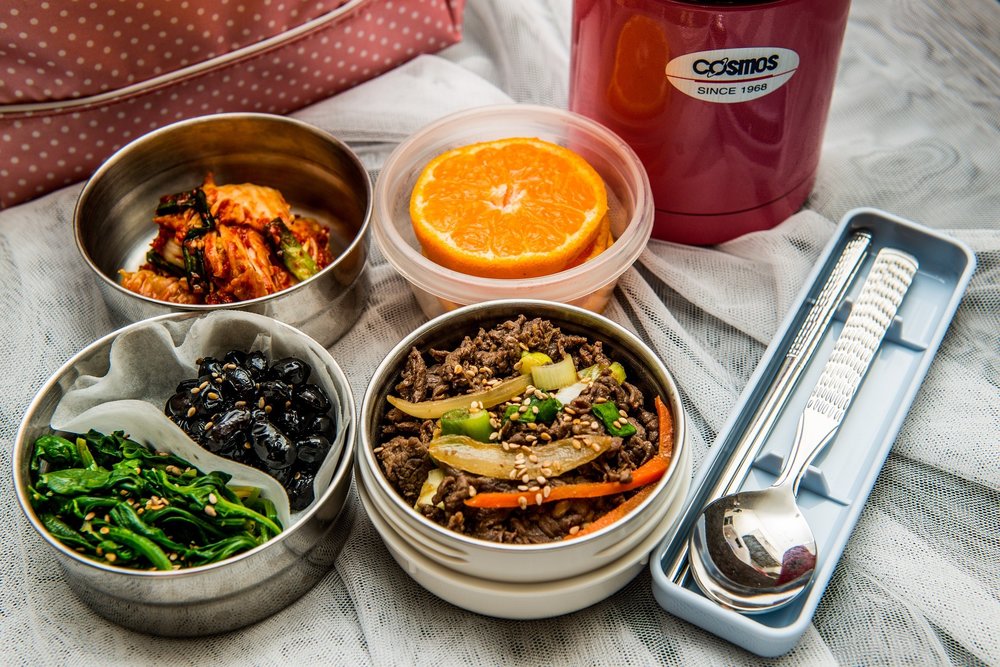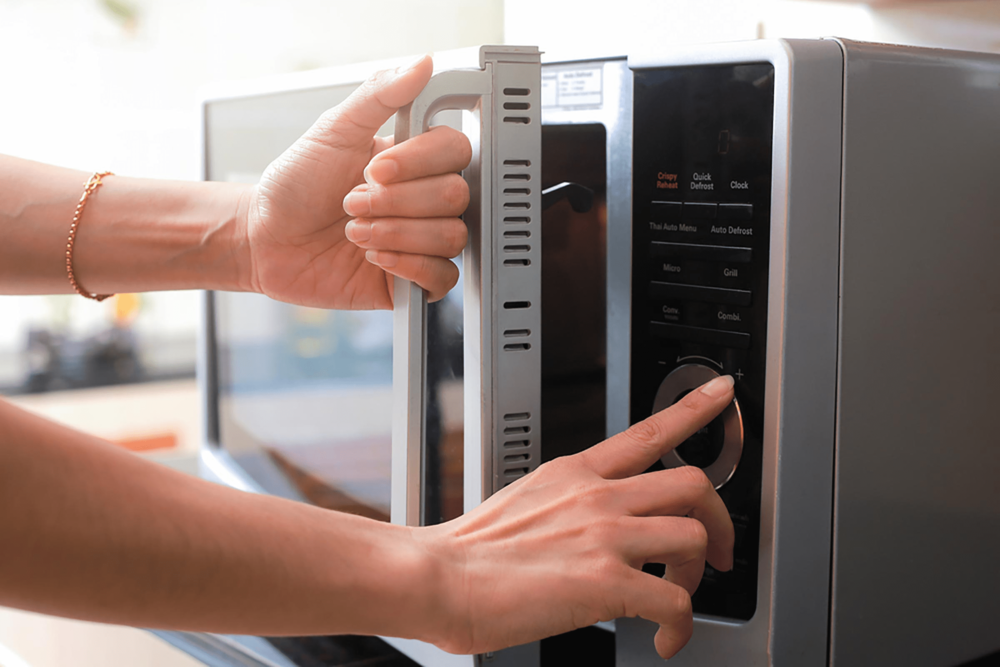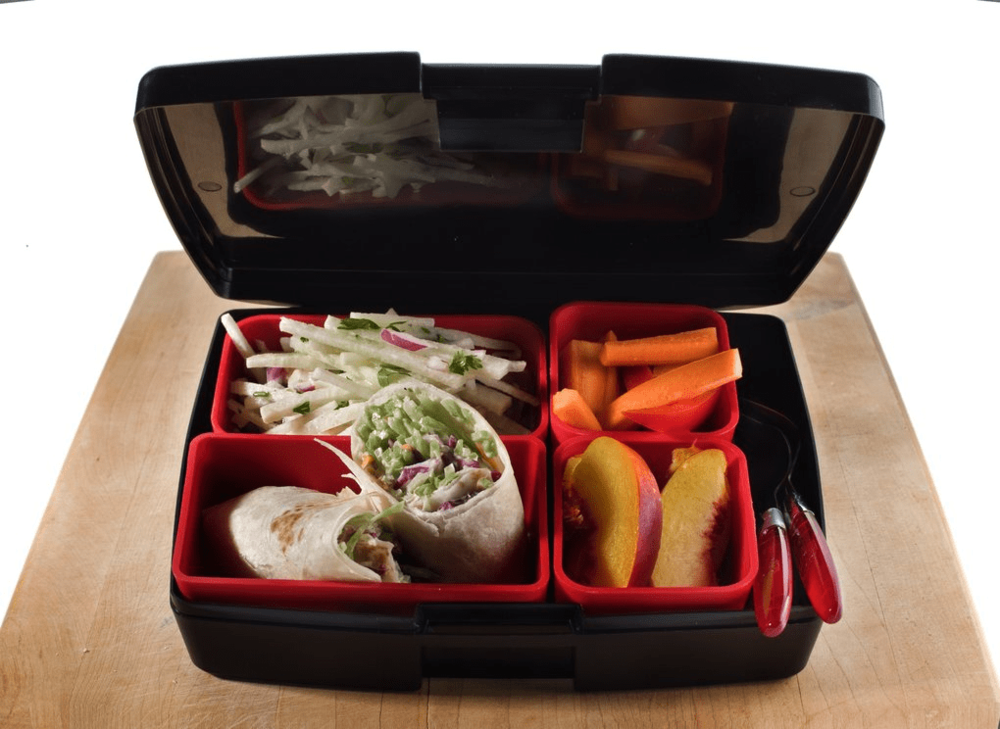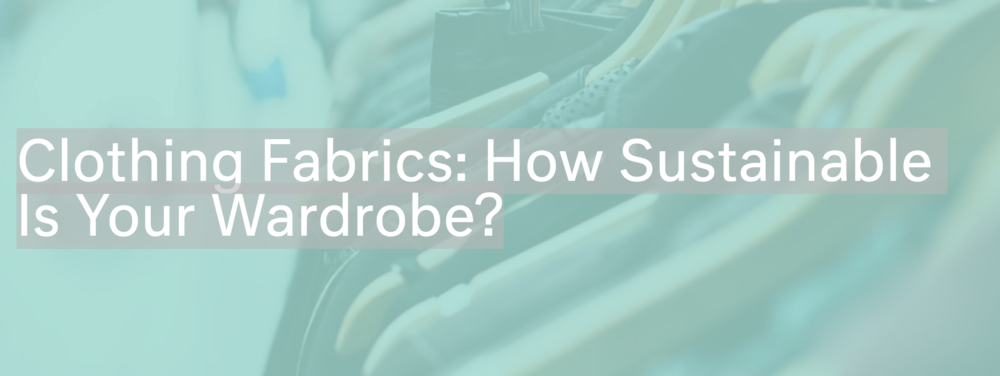How To Bring Sustainable Lunches To Work

Being sustainable impacts every aspect of your life and shapes how we begin to consume products. Lunches are a perfect example, many of us work full time jobs and this means you usually swap lunches at home for those at our desks. Most offices are not equipped with all the luxuries of a full-sized kitchen, often forcing us to bring in a premade lunch or eat out. But a person who has a sustainable lifestyle might not find any of those option enticing as they both can produce a lot of waste. Enji want to share some tips for those of us who want sustainable lifestyles without forgoing any meals.
Heating and Storage

The first thing to keep in mind when choosing a lunch to pack is what access do you have to heating options. Standard offices usually have coffee makers or a hot water source, but some offices don’t. Does your work space have a microwave, or did a smelly fish get it banned? Any source of hot water and heating options greatly expand your lunch menu and give you more options.
Second, where do you store your lunch? Does your work space provide a refrigerator, a freezer, or do you have to use an insulated lunch box? These are important questions as your food needs to stay in a controlled environment to reduce the chance of food borne illnesses. If you don’t have access to a temperature-controlled storage unit, you will have to reduce your options to foods not requiring refrigeration.
Packing

Containers
A big issue with packed lunches is right in the name. Packing is one of the most difficult part about making a sustainable lunch. Many lunch related items come prepackaged in their own disposable or plastic containers. One way to ensure you are not contributing to the waste problem, is by using a reusable container for your food. Pick a lunch box you will use every day and stick to it. Understand some containers are more sustainable than others and that each has their negatives and positive. Plastic containers might melt while glass containers might break easier, the important part is to pick a container you feel confident in using every day and with every meal. It is ok to have two or more containers if you like variety, just limit yourself to a few you know will work on a regular basis.
Plastic
Now that you have your container set aside you also must focus on your other food items. Let's be realistic, you probably want a snack, or side item in addition to your lunch. I personally like to pack small snacks so that I can have consistent energy throughout the day. Ditch the old Ziploc bag and consider some eco-friendly options like reusable snack bags, wax fabric, or other snack containers. These will eliminate those annoying single use plastic bags. To further your commitment to sustainability, you can also pack your own reusable cutlery.
Drink Water
Here at Enji we like to emphasize reusable water bottles, where founder Niki will even carry two at a time. These small and almost seemingly unimportant items can save you hundreds of dollars. Most drinks like soda, juice, and sports drinks must be purchased in containers and though recycling is a good option, eliminating waste at the source is key. Water is one of the few resources you do not have to pay to have access to. Fresh drinking water is usually available in most workplaces and often required by law. Take advantage of this and feel as your body and wallet thank you.
Meatless Mondays
Being vegetarian or vegan is a great way to be sustainable. It takes much more water to raise a single pound of meat than a pound of any vegetable. But perhaps you are not ready for the big commitment, so do what you can and choose a meatless day. Instead of a chicken wrap choose a hummus wrap, instead of a ham sandwich take a peanut butter and jelly sandwich. Your small choices will add up and it is great to have a variety of meals for the week.
Buy seasonally and local
The easiest way, in my opinion, to be sustainable is by electing to buy food that are seasonal and local to your region. This will ensure that you support local farms and purchase food that does not have to be grown out of the country or state. These small changes will help reduce greenhouse gas emissions and ensure that you have the freshest fruits and vegetables.
Sources:
https://www.treehugger.com/green-food/10-ways-pack-your-kids-more-sustainable-lunch.html
https://www.theecologycenter.org/resources/sustainable-lunchbox/
https://livegreen.recyclebank.com/the-list-6-smart-ways-to-pack-lunch





